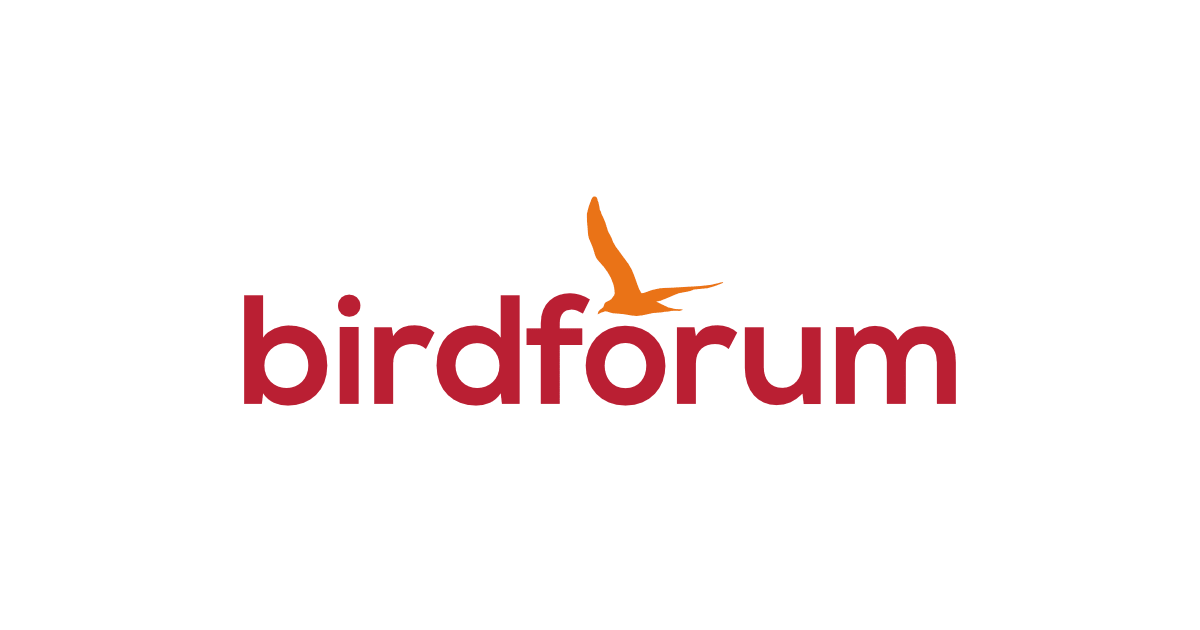I think a lot of it will depend upon your preference in what you view through the binoculars. Are you interested in getting a nice wide field of view with high brightness & contrast? Or are you more interested in concentrating on what's in the center of your direct line of sight?
For comparison, I have the following magnifications: 9x25, 12x25, 7x42, and 8x42. The first two are small porro prism binoculars (Nikon) that were my "duo" for all purpose viewing. The 12x25 is pinpoint focus on specific things of interest, while the 9x25 broadens the view a bit and a little brighter. The 7x42 had been my "broad view" binos, an old pair of Simmons. Technology of lens quality and orientation has improved over the years. My old 7x42 has a FOV of 336 ft. / 1000 yds, while my newer 8x42 (Svbony) has 394 ft. / 1000 yds.
My 8x42 Svbony triumphs the rest. This bino has ED glass and is amazingly clear & bright. If you will be viewing in low light conditions 25% of the time or more, I would go with an objective lens of 42 mm. You can find some binos with like 8x32 or 10x32 mm that can bring in decent brightness, but only if you're paying alpha level prices. For midrange, 42 mm is the way to go IMHO. So while my Nikon 12x25 is terrific for pinpoint magnification of objects, it can't hold a candle to the Svbony SV202 8x42 for sheer brightness and contrast, as well as color saturation.
I've come to realize that one binocular to do everything is folly. Get one for your desirable FOV performance and one for higher magnification, if you need both kinds of performance. I have my mid-size roof prism 8x42 as my primary and then when I really want to pick out more detail, I pull up my small porro prism 12x25.
TLDR;
But in general for now if what you're looking to do is improve your primary binoculars and you're happy with the magnification, I'd stick with 8x42mm. It's good you have steady hands... which means 10x42 mm can work for you too, but you'll lose some FOV (field of view). Also, it depends upon your budget, but in some cases you can select 10x42 mm and still get a FOV that's 400 ft / 1000 yds or higher (but that's going to be more costly, for also maintaining very good quality imaging). While there is the glamor of getting a FOV upwards of 500 ft. / 1000 yds, I don't see it as a priority because with an 8x42 having around 400 ft FOV, it's a slight turn of your hands to pan and see around your area of interest.








